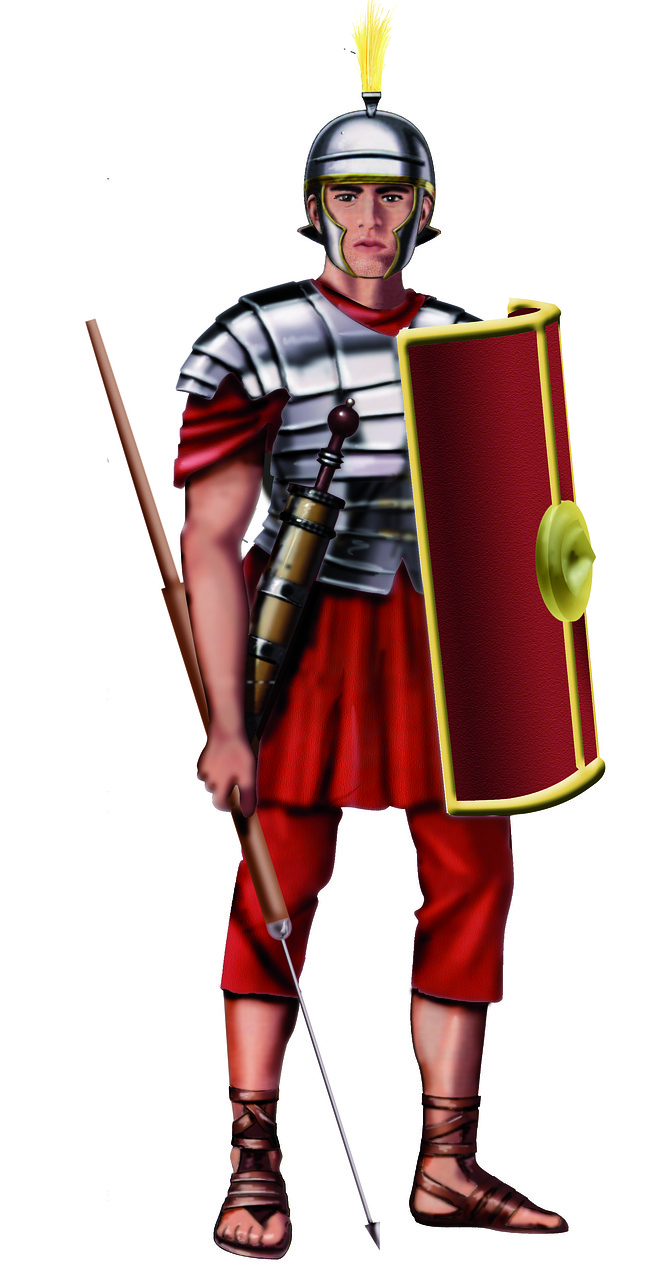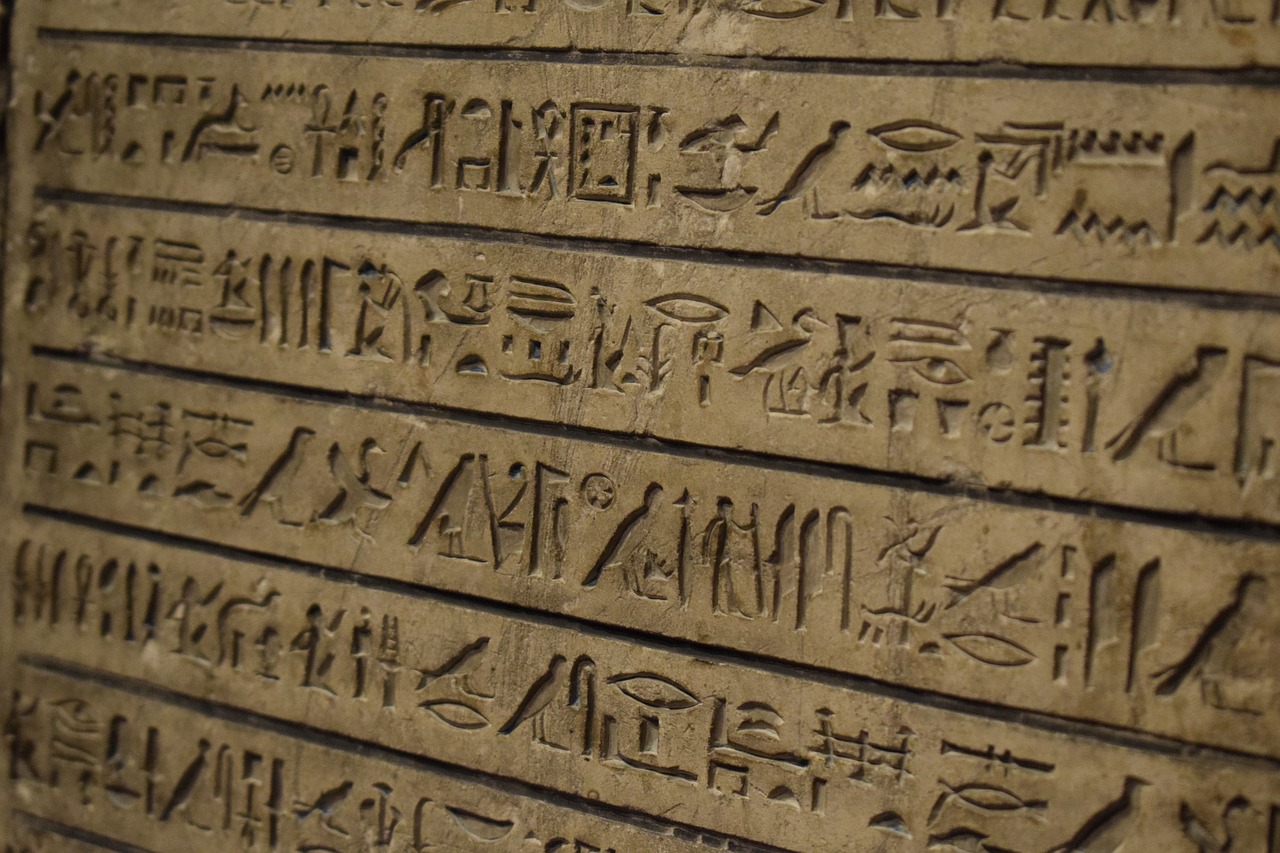Mythology
-

PANDORA In ancient mythology, Pandora is recognized as the inaugural mortal woman, sculpted from clay by the divine. The Titan Prometheus was initially tasked with the creation of humanity. However, he grew dissatisfied with the harsh existence granted to humans, prompting him to steal fire from the gods. Enraged, Zeus decreed that Hephaistos (Hephaestus) and…
-

Roman Religion: Beliefs, Practices, and Historical Insights Roman religion, also referred to as Roman mythology, encapsulates the beliefs and practices of the inhabitants of the Italian peninsula from ancient times until Christianity’s rise in the 4th century CE. This era, known as Classical antiquity, showcases a rich tapestry of religious thought. Cicero, a prominent orator…
-

The Splendor of Nike of Samothrace Situated majestically at the summit of a staircase within the Louvre Museum in Paris, the Nike of Samothrace captivates countless visitors with her presence. This remarkable work of Hellenistic Greek art has been part of the Louvre’s collection since as early as 1866 and remains one of its most…
-

Bacchus, the Roman deity symbolizing wine and merriment, stands out as one of the most multifaceted gods in mythology. Known for his ability to bring joy and revelry, Bacchus also harbored a darker side, with the power to drive those who wronged him into a state of madness. His Greek counterpart, Dionysus, is similarly revered…
-

Atlas: The Enduring Titan of Greek Mythology Atlas stands as one of the most iconic figures in Greek mythology, symbolizing immense strength and perseverance. His very name translates to “endures” or “dares,” reflecting his monumental task of holding the sky above the earth. As the lead figure among the Titans, Atlas played a crucial role…
-

The Legacy of Ra: Ancient Egypt’s Sun God Ra, often referred to as Re, is an integral figure among the deities of ancient Egyptian religion, embodying the sun and vital life force. As one of the earliest gods in the Egyptian pantheon, Ra eventually merged identities with other strong deities such as Horus (Ra-Horakhty, the…
-

Medusa, a prominent character in Greek mythology, is recognized as one of the three Gorgon sisters and is famously portrayed as a fearsome entity with serpents for hair. Her fearsome appearance is notorious for petrifying those unfortunate enough to gaze upon her, turning them to stone. The tale of Medusa encapsulates themes of protection and…
-

Tang Seng, commonly known by his Sanskrit name Tripitaka (唐三藏 táng sān zàng), stands as a pivotal figure in the classical Chinese novel Journey to the West (西游记 xī yóu jì). The narrative chronicles his pilgrimage to India with the aim of retrieving a collection of Buddhist scriptures, which he intends to disseminate throughout China,…
-

The animated series “Journey to the West” holds a special place in my fond memories from childhood. Adapted from the classic novel of the same name, it remains a delightful watch for me even today. To provide a brief overview of the storyline: a Buddhist monk named Tang Seng embarks on a perilous journey to…


